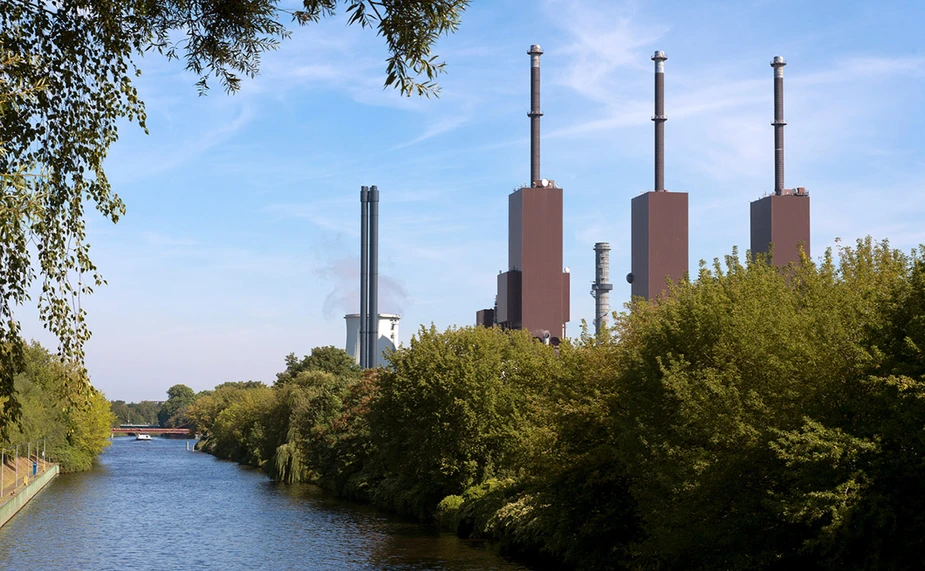One of the most sensitive methods for chlorine determination
BAM researchers develop method for determining chlorinated contaminants in water by molecular absorption spectrometry
Chlorinated chemicals are well-known as long-lasting water contaminants. Many of them are formally recognized by the Stockholm Convention on Persistent Organic Pollutants (POPs). Although their toxicity and regulations by European and U.S. authorities, chlorinated POPs are still used as pesticides, industrial solvents, and in the production of polymers and pharmaceutical products. The presence of these chlorinated chemicals in drinking water, even at trace levels, is hazardous to human health, thus prompting the need for quick and accurate monitoring. Unfortunately, there is no direct, fast, and universal way to quantify chlorine atoms from POPs.
Therefore, Carlos Abad and colleagues propose a simple, fast, and sensitive alternative for detecting and quantifying chlorinated chemicals in drinking water which were validated by comparison with DIN/ISO standard procedures. The method consists of heating a water sample with an aluminum salt in a graphite furnace. The high temperature destroys the chlorinated molecule (if it is present in the water sample), which reacts with aluminum forming a cloud of aluminum monochloride (AlCl). This small molecule has a characteristic spectroscopic signature; this means that the cloud of molecules can absorb only a specific portion of light. Furthermore, the AlCl molecule is stable and sensitive enough to detect smallest amounts of up to 48 picograms or 0.00000000048 g of chlorine using optical spectroscopy, which makes it one of the most sensitive methods for chlorine determination to date.
Publication:
Determination of organic chlorine in water via AlCl derivatization and detection by high-resolution continuum source graphite furnace molecular absorption spectrometry
Carlos Enrique Abad Andrade, S. Mimus, Sebastian Recknagel, N. Jakubowski, Ulrich Panne, H. Becker-Ross, M.-D. Huang
Analytical Method, Vol. 13, issue 33, pages 3724-3730, 2021. DOI: 10.1039/D1AY00430A
Contact:
Bundesanstalt für Materialforschung und -prüfung (BAM)
Division: Inorganic Trace Analysis
Phone +49 30 8104-1110
Source: BAM, 01 April 2022
